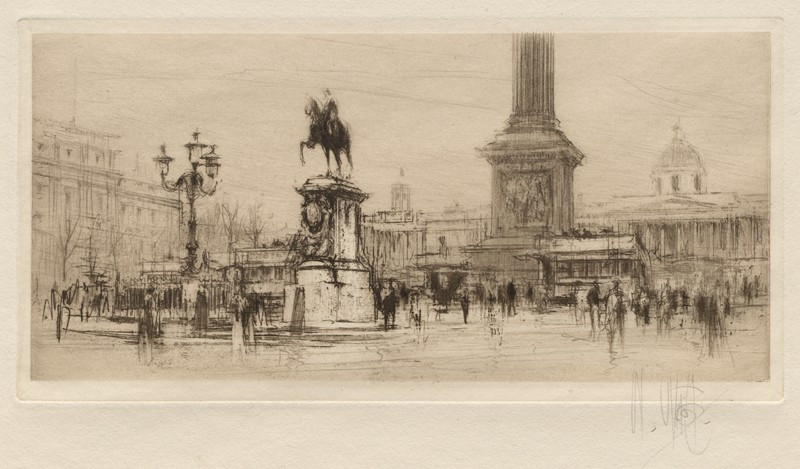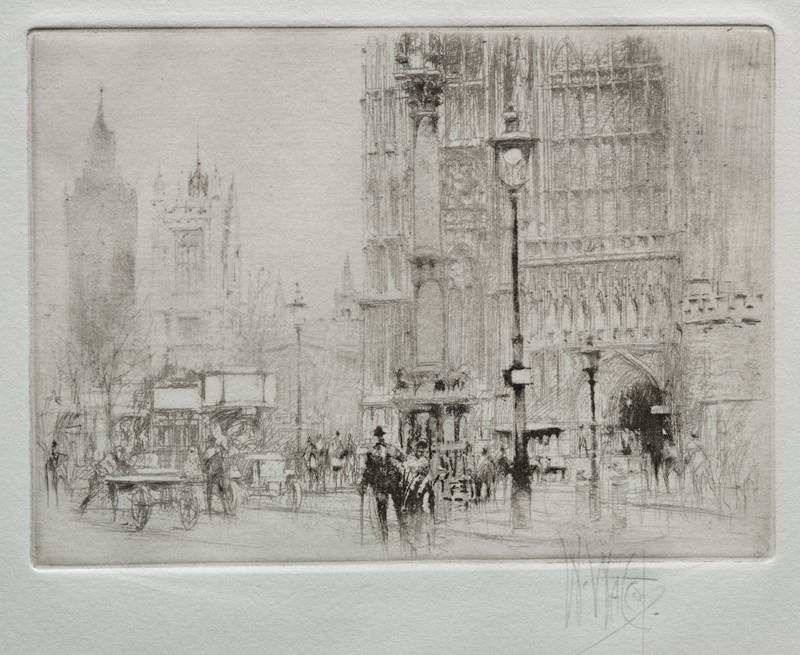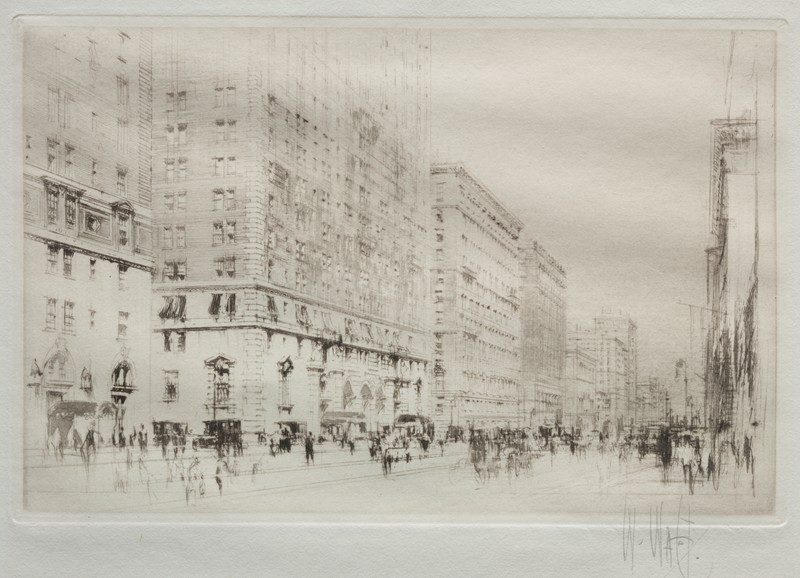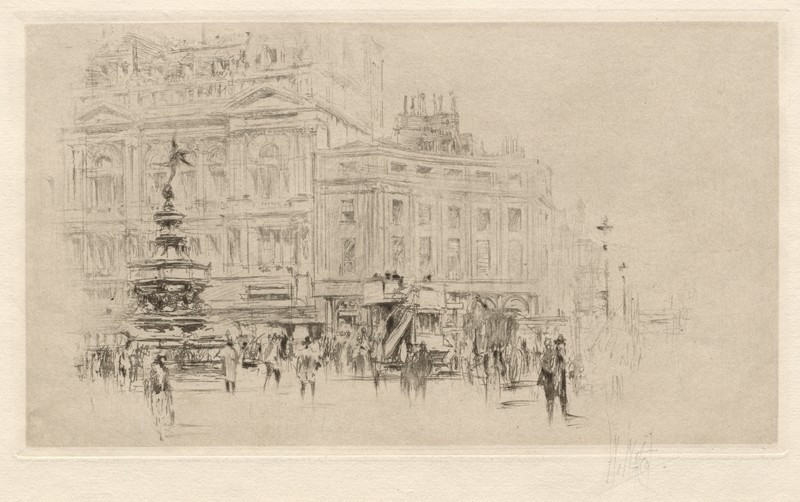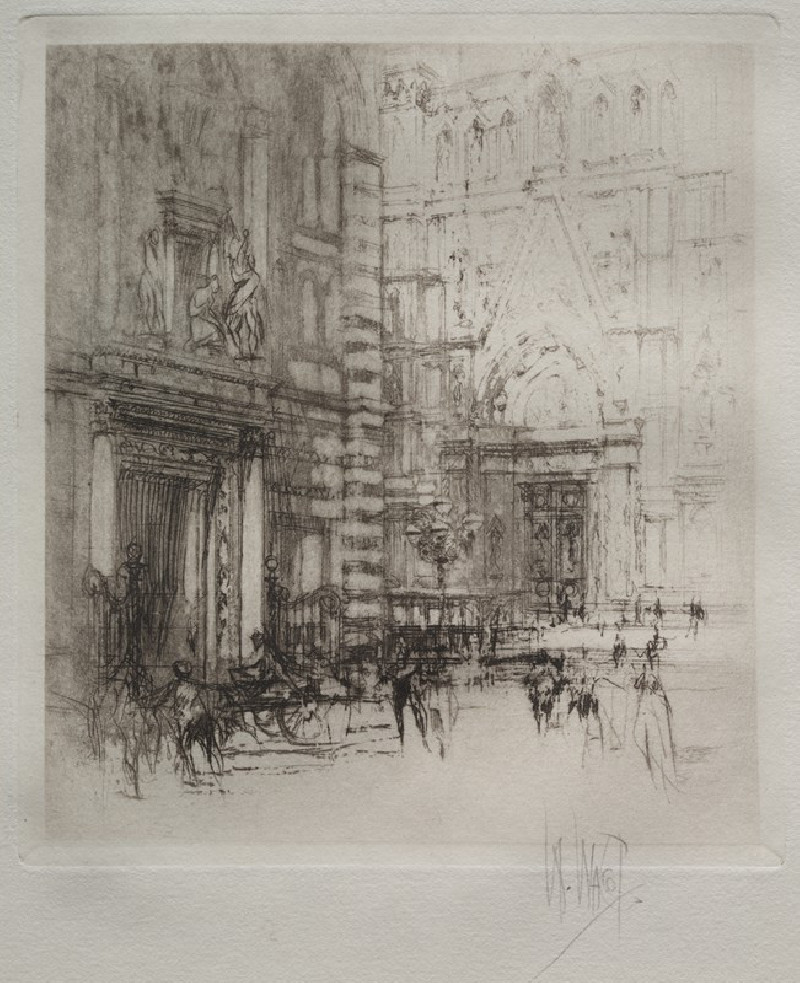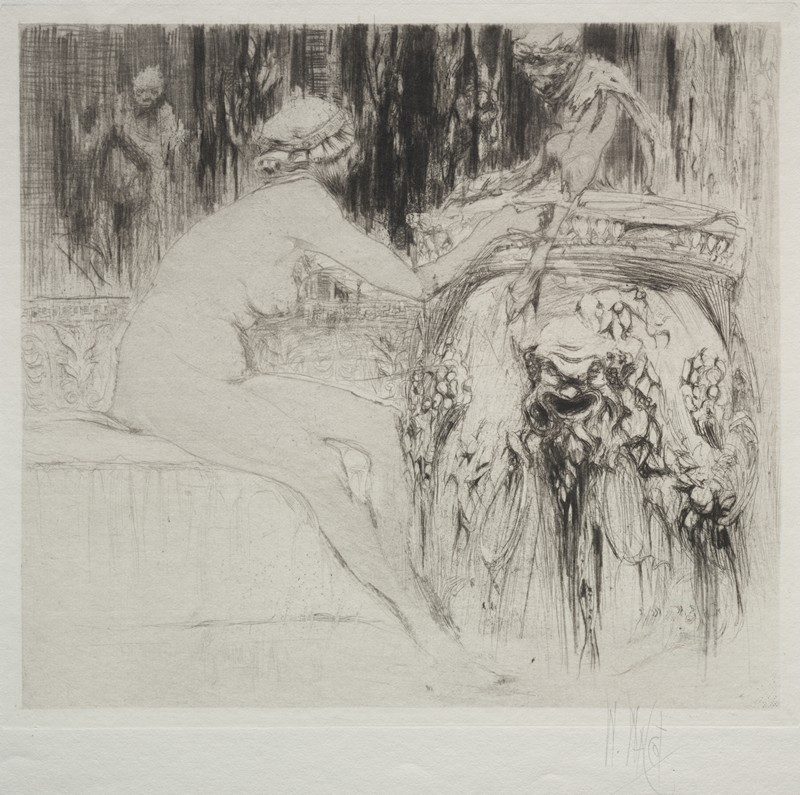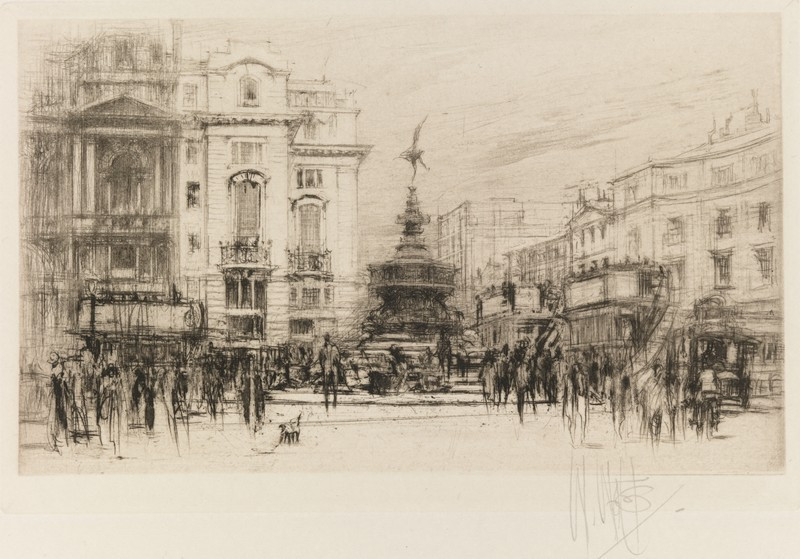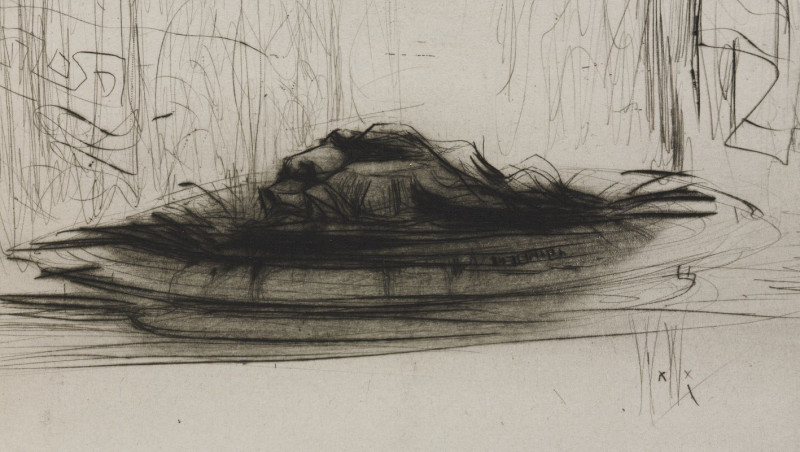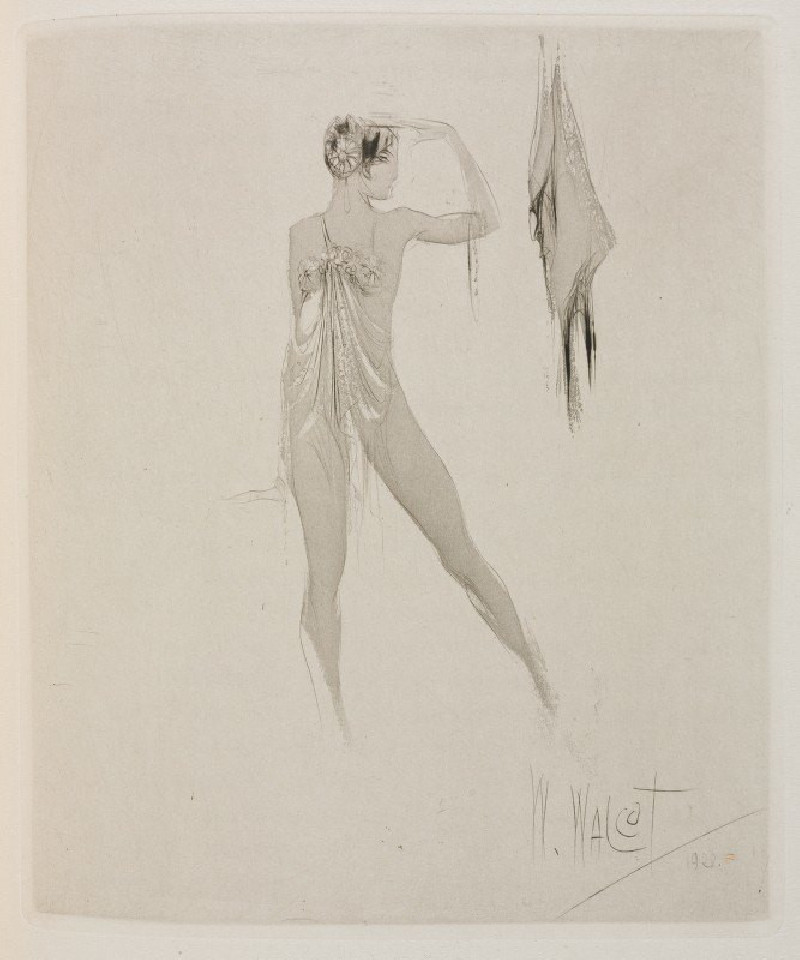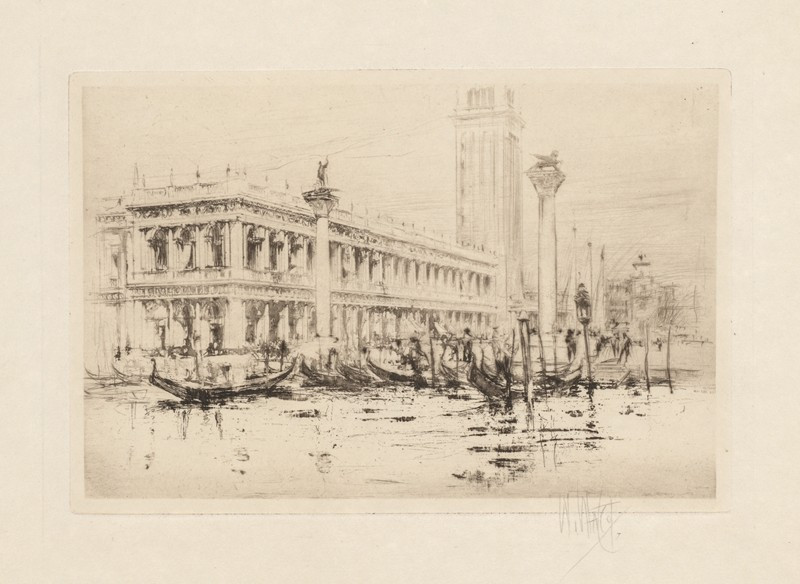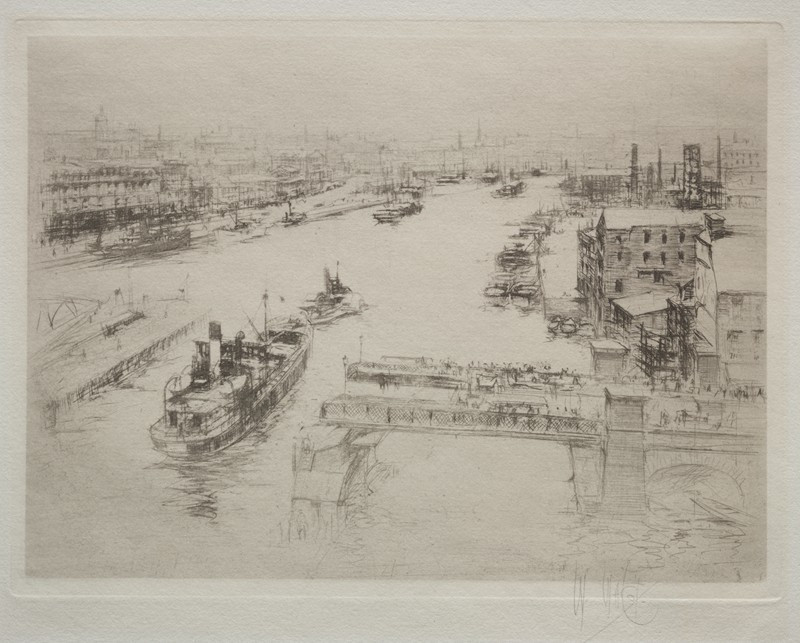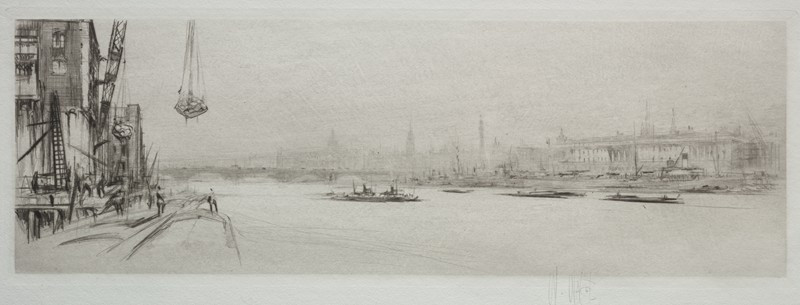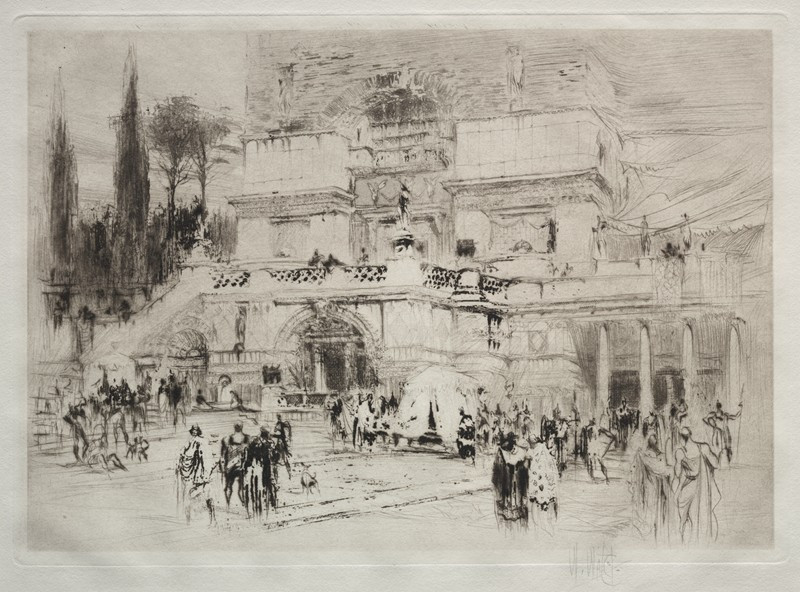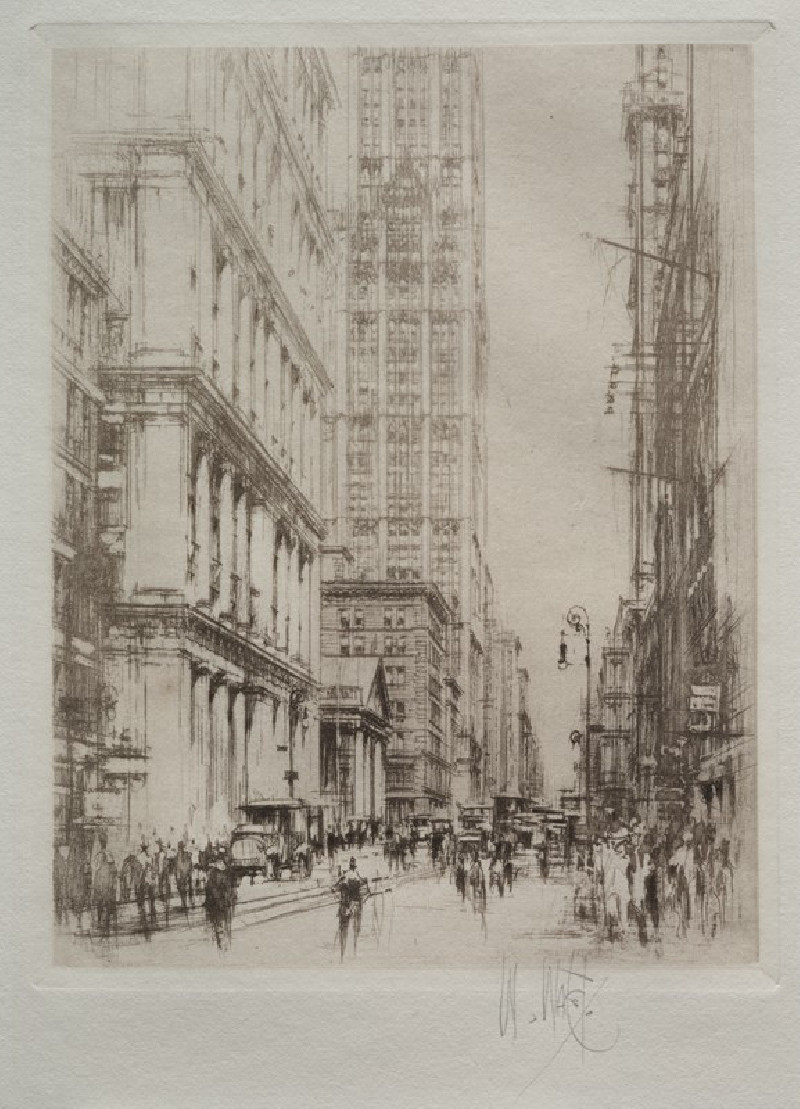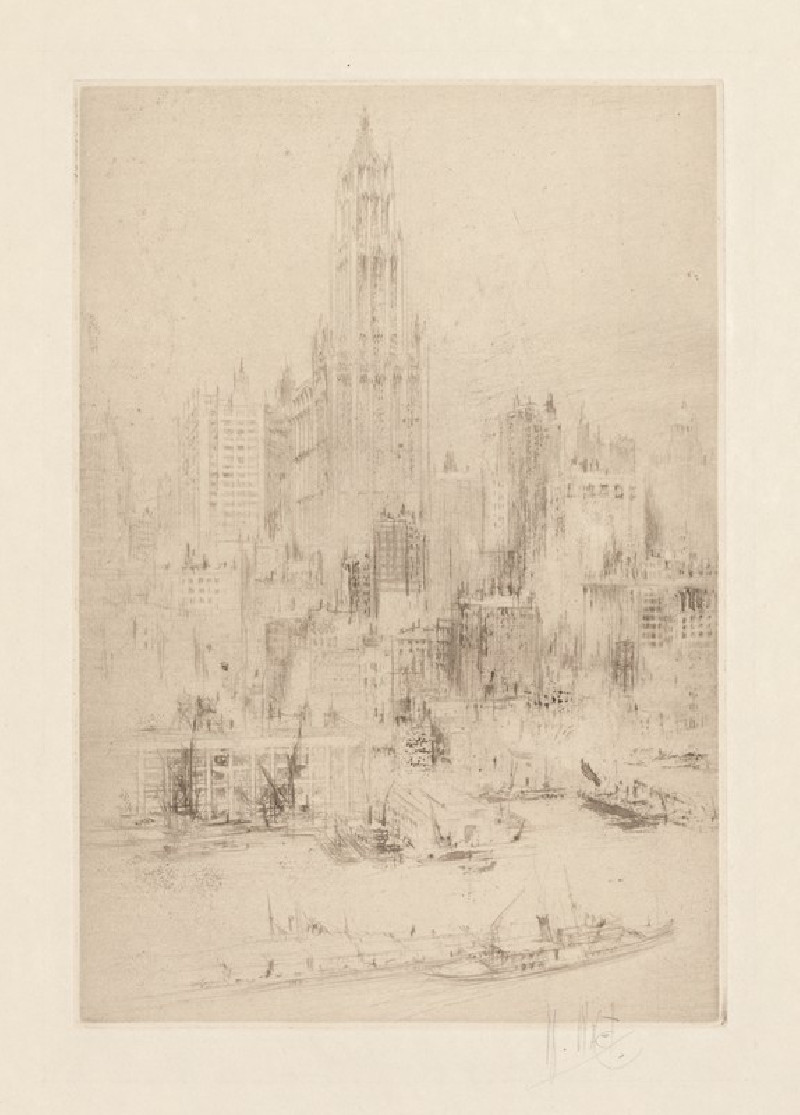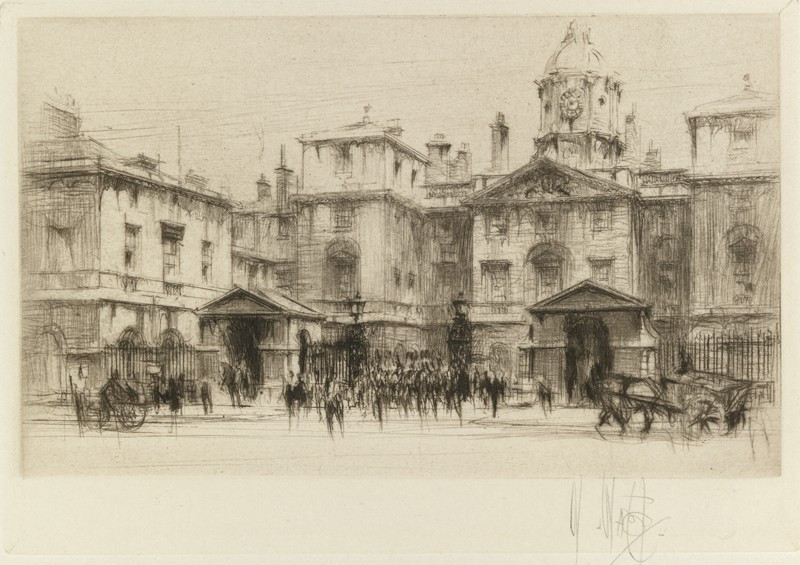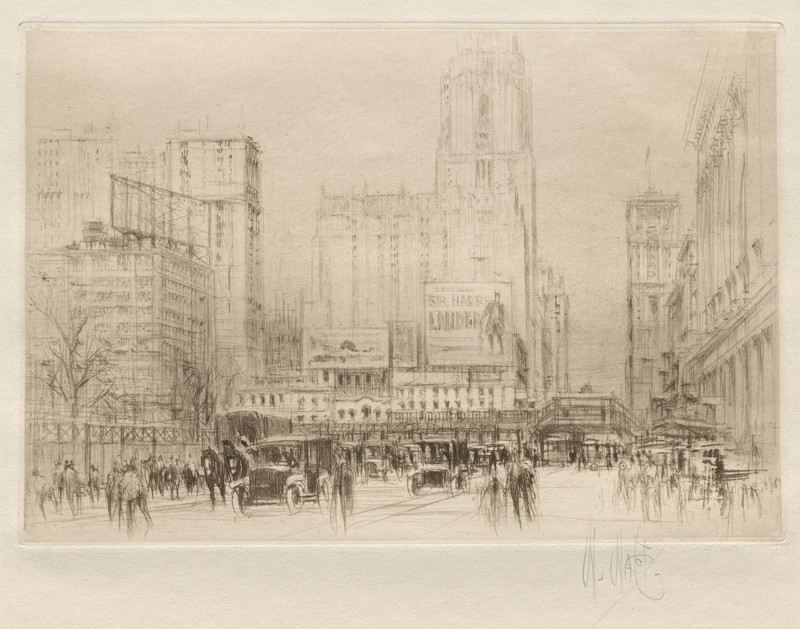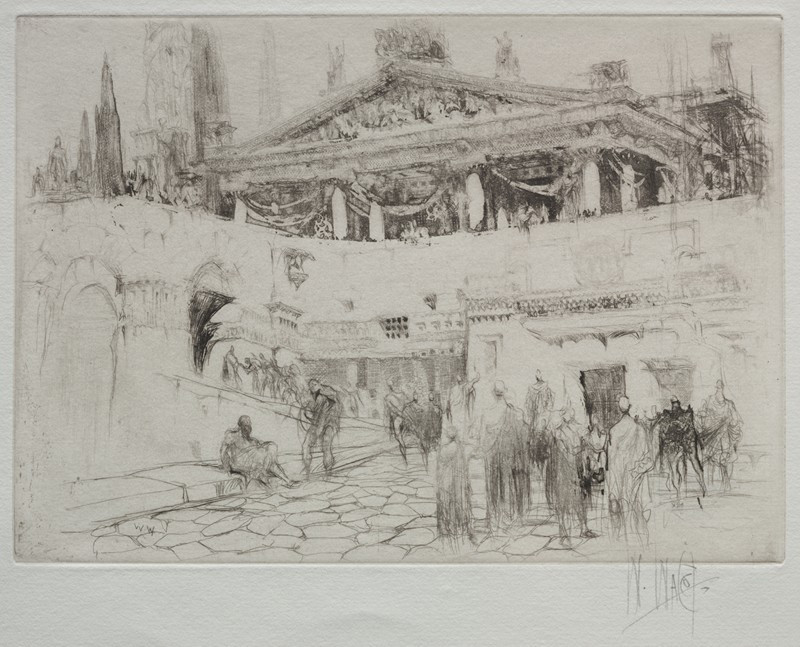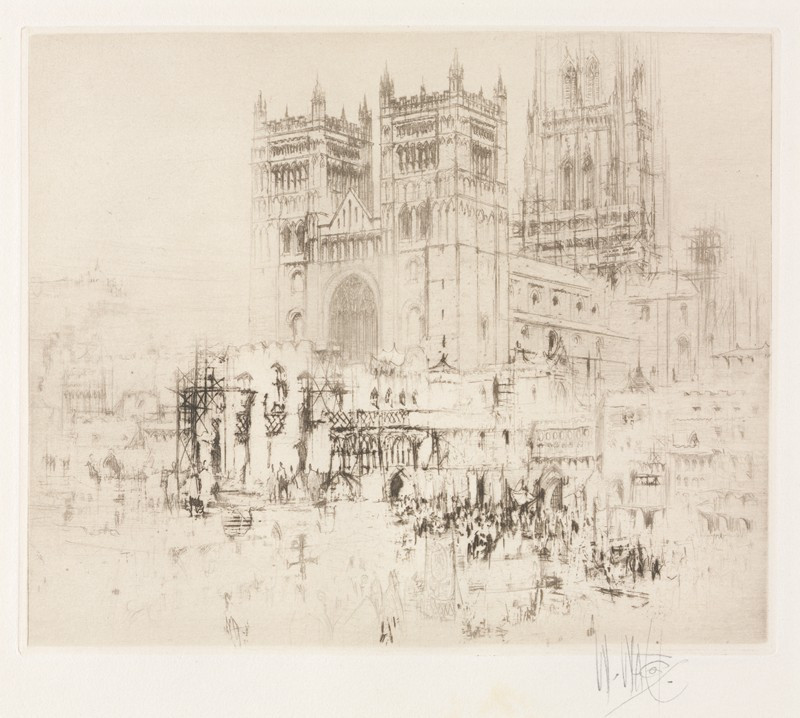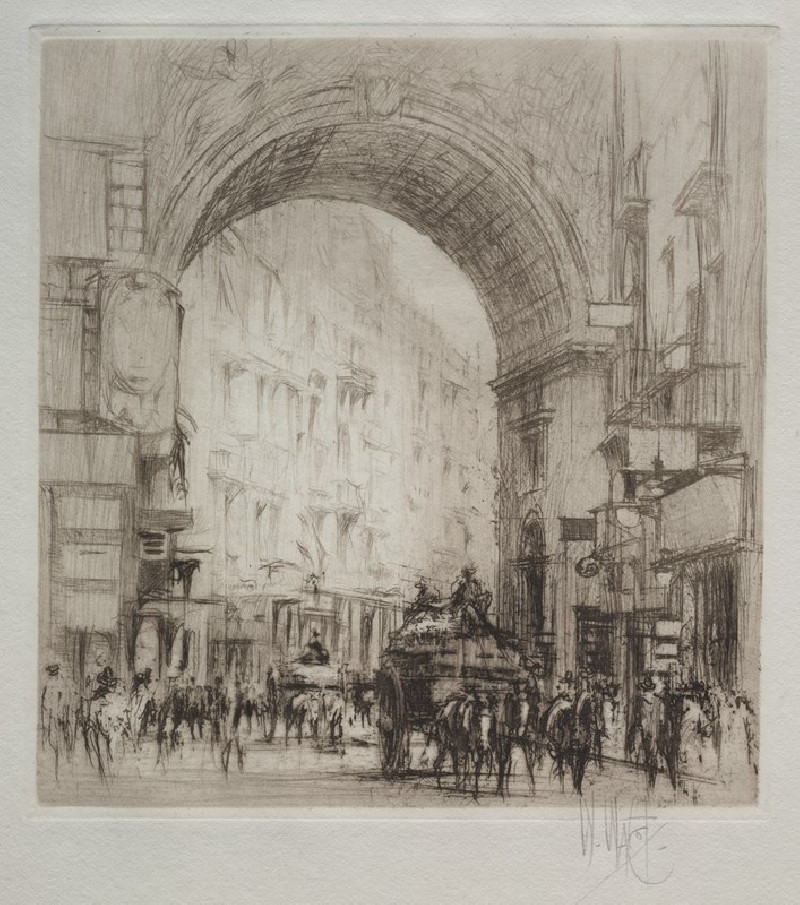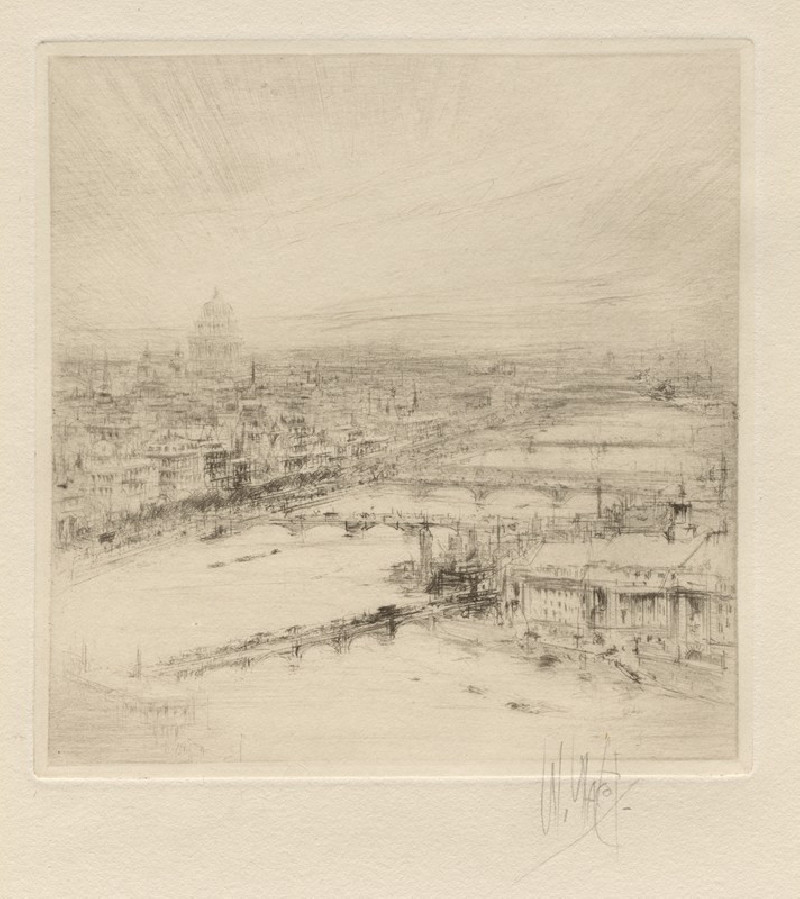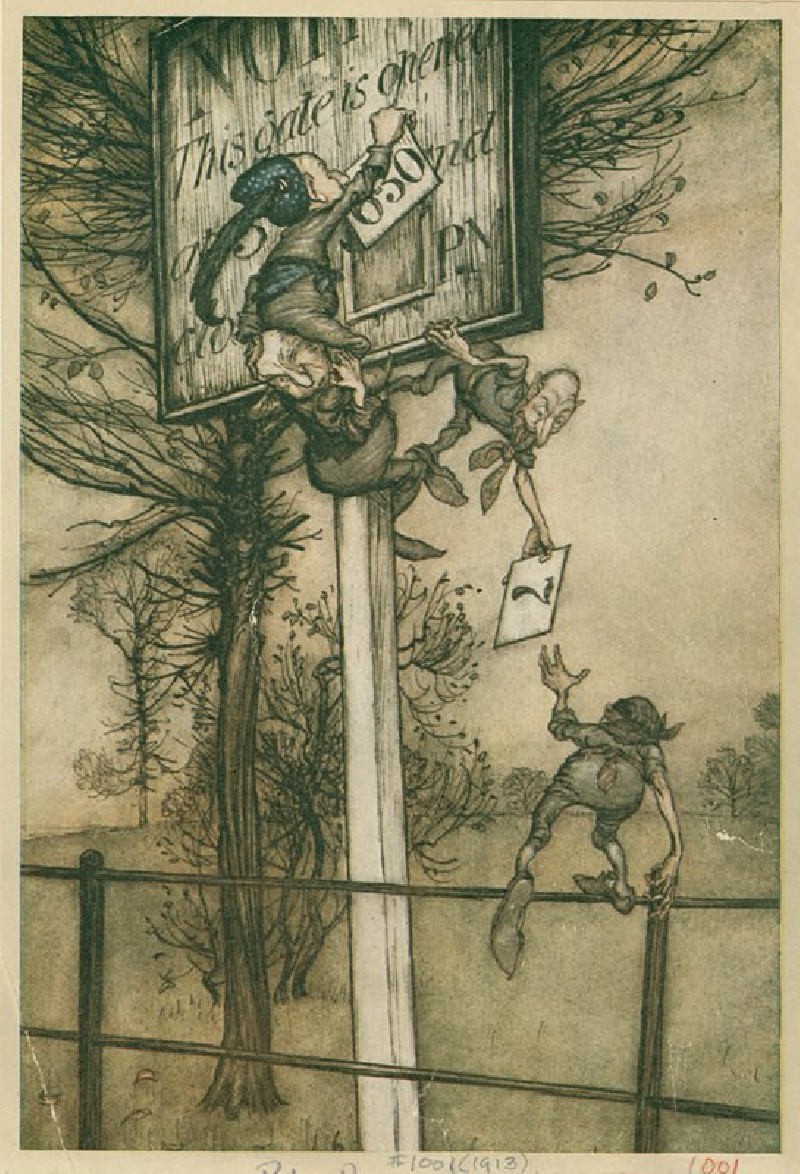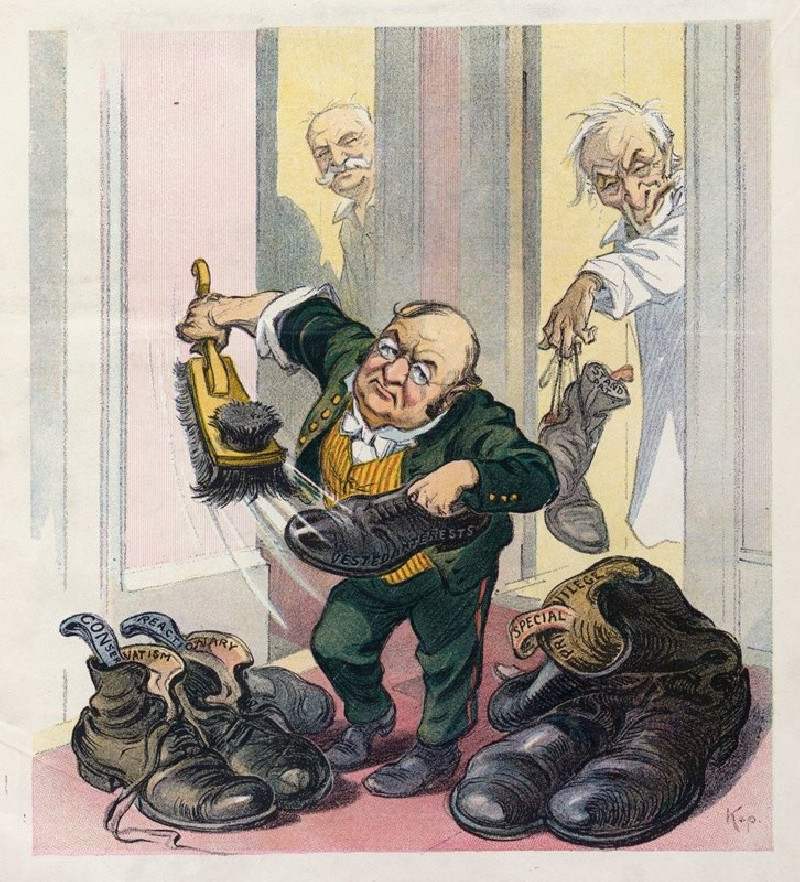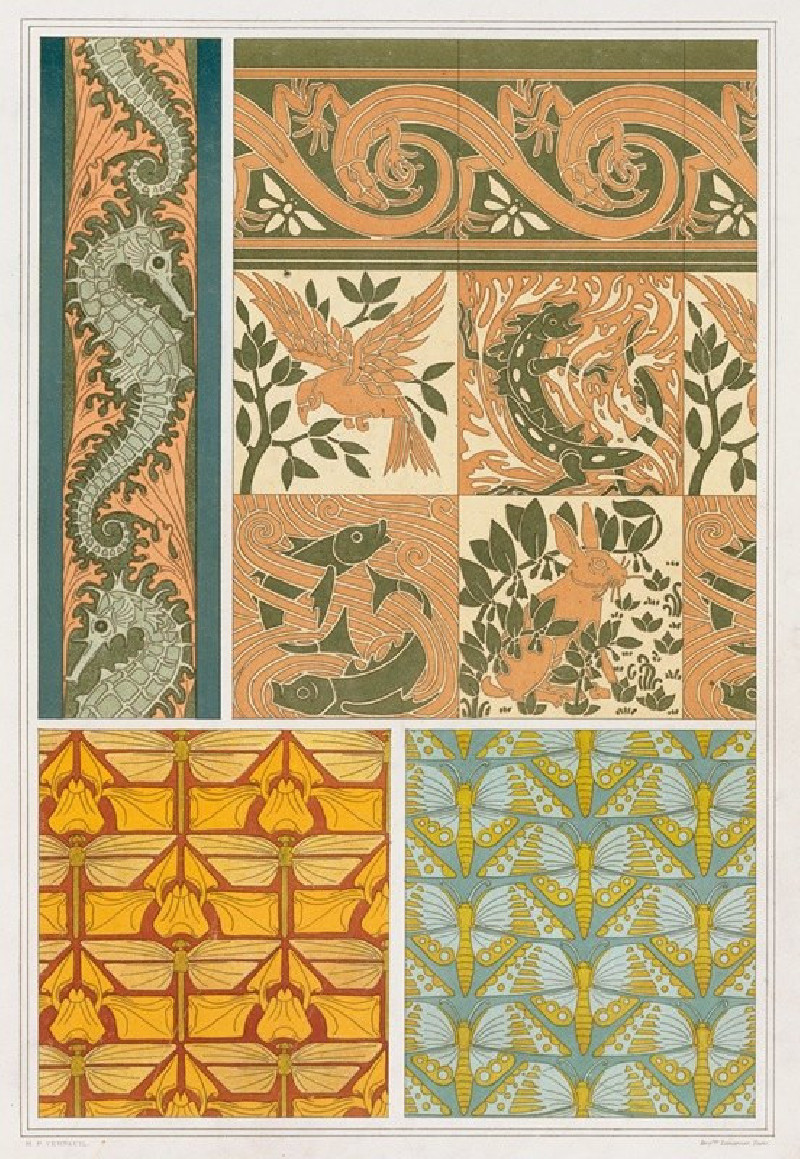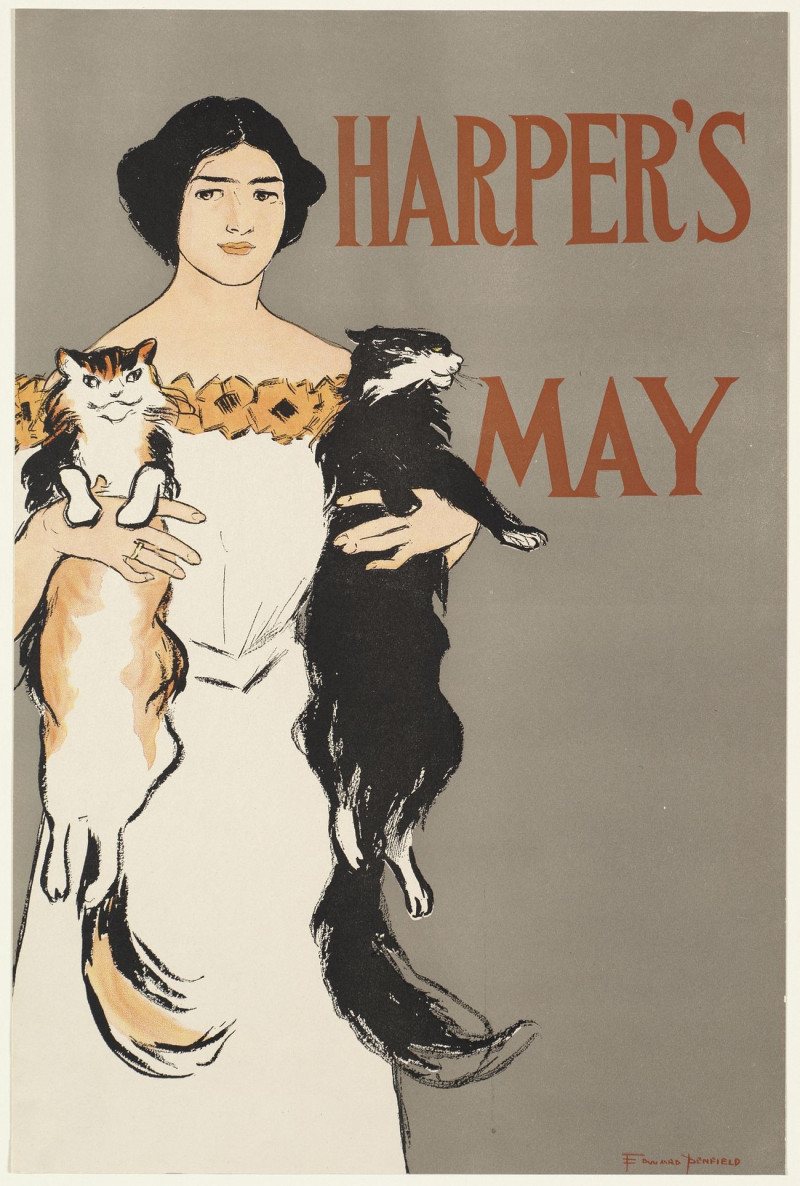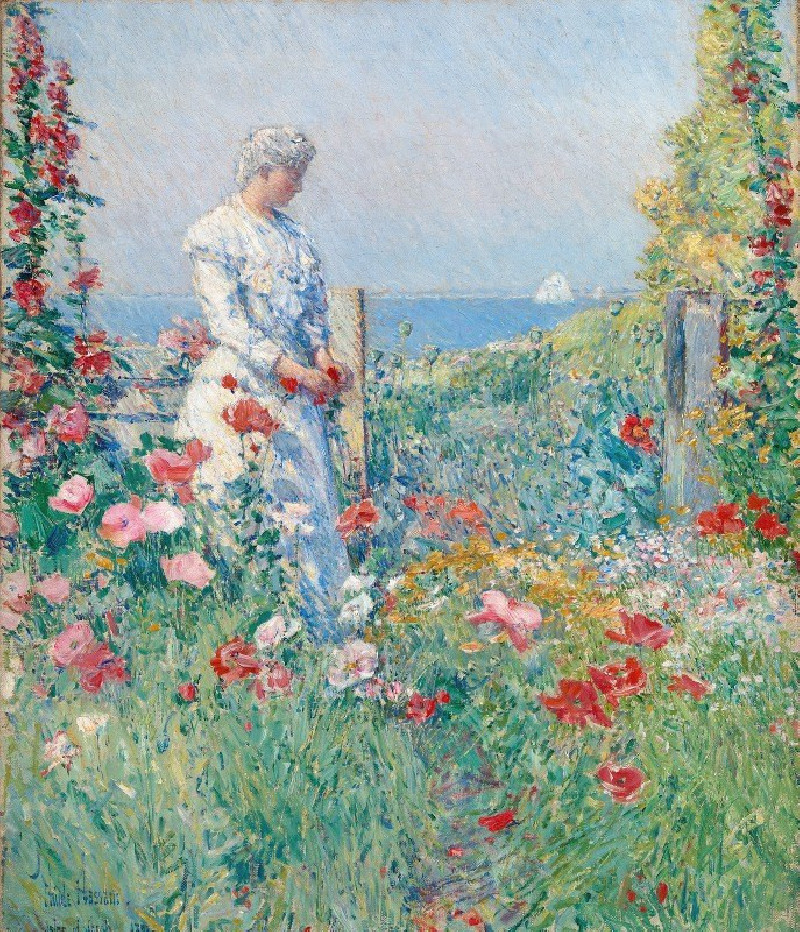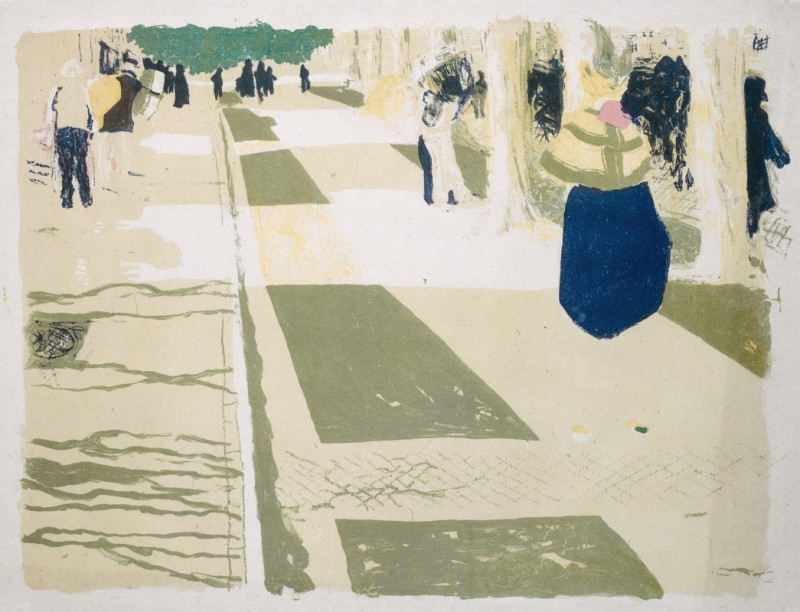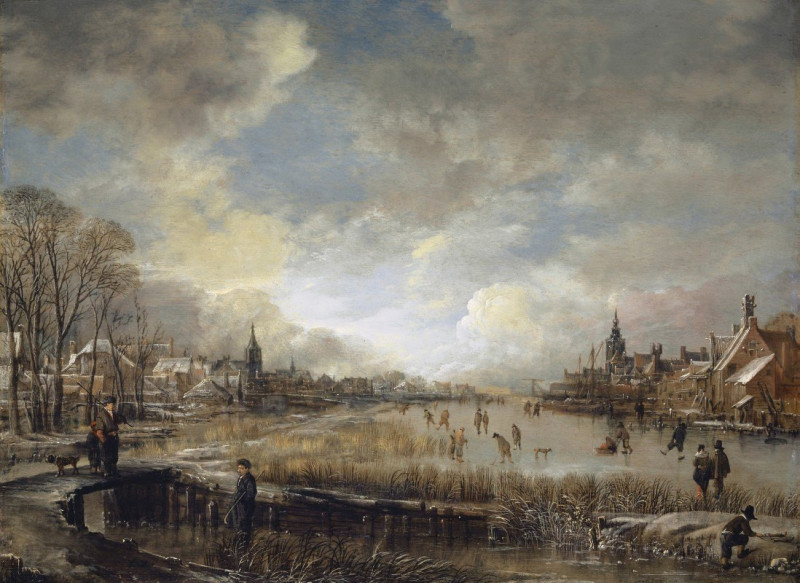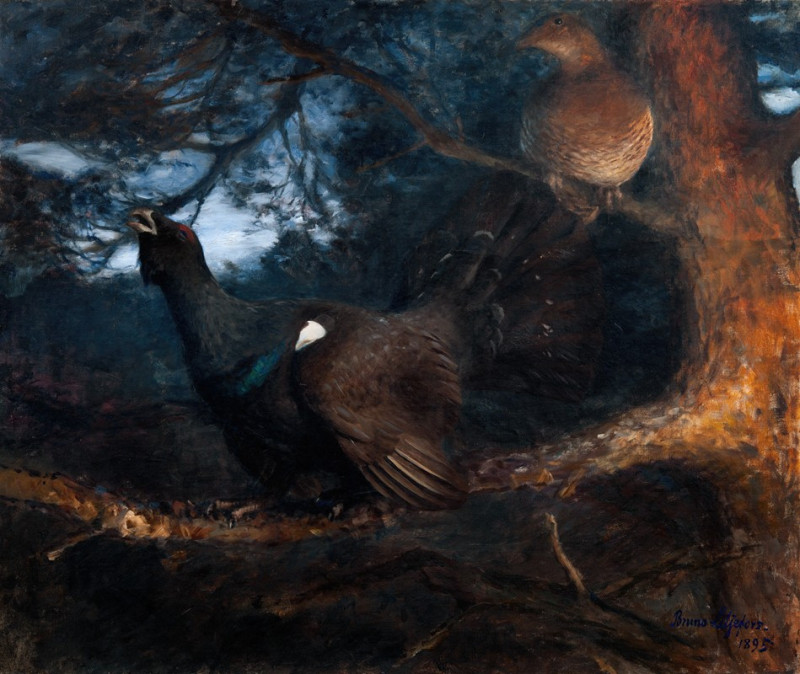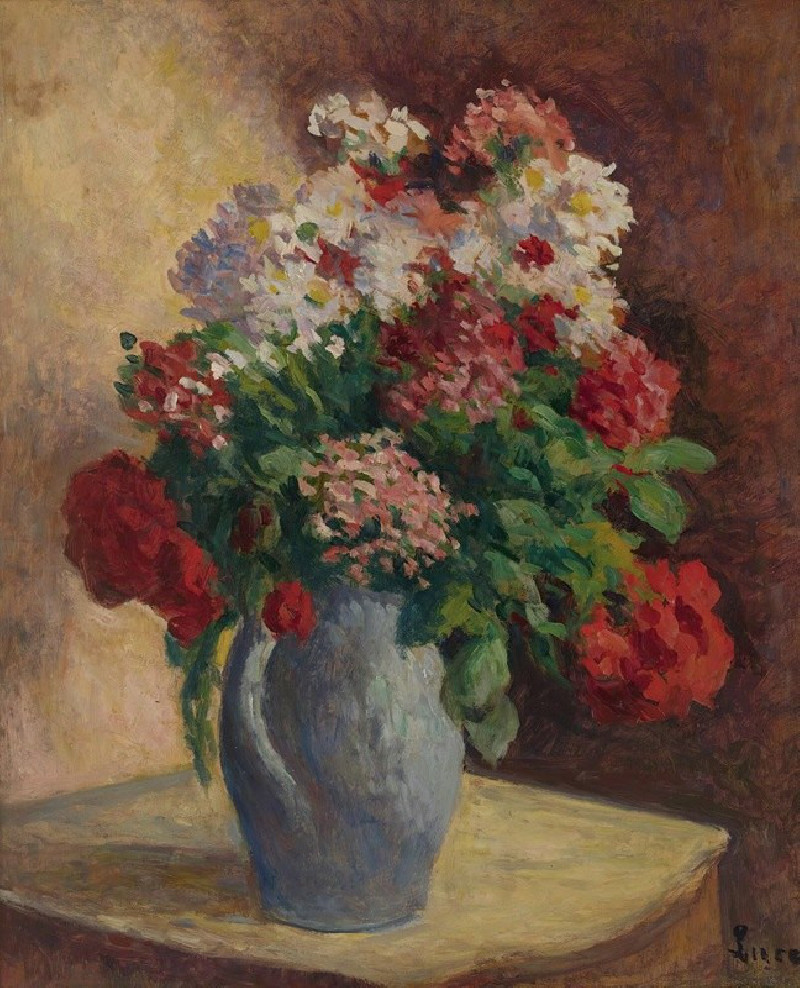Trafalgar Square (1924)
Technique: Giclée quality print
Recommended by our customers
More about this artwork
Welcome to our virtual gallery, where today we spotlight an evocative piece by the renowned artist William Walcot, titled "Trafalgar Square" (1924). This etching captures one of London’s most celebrated public spaces, known for its cultural significance and bustling energy.Walcot's depiction of Trafalgar Square invites the viewer into a dynamic tableau filled with movement and atmosphere. In the foreground, the iconic statue of Sir Charles James Napier, mounted on a pedestal, immediately catches the eye, embodying the square's historical reverence. Adjacent to it, the ethereal presence of the fountains adds a sense of tranquility and motion against the busy backdrop.The scene extends to include the impressive Nelson’s Column, towering in solemn grandeur. This monument stands as a tribute to Admiral Horatio Nelson, commemorating his victory at the Battle of Trafalgar in 1805. Walcot masterfully illustrates the column in such a way that it not only dominates the skyline but also anchors the composition, symbolizing steadfastness amidst the surrounding activity.The artist's delicate etching technique renders exquisite details – from the gentle contours of the architecture to the lively figures milling about the square. Each stroke evokes the bustling atmosphere of early 20th-century London, with pedestrians and vehicles blurred into indistinct shapes, suggesting movement and fleeting moments.This piece, with its soft monochromatic palette, beautifully showcases Walcot’s skill in capturing both architecture and an ephemeral sense of life. As viewers, we are transported to a damp, lively day in London, feeling the mist in the air and the pulse of city life.
Delivery
Returns
William Walcot RE was a Scottish architect, graphic artist and etcher, notable as a practitioner of refined Art Nouveau (Style Moderne) in Moscow, Russia (as Вильям Францевич Валькот). His trademark Lady's Head keystone ornament became the easily recognisable symbol of Russian Style Moderne. In 1920s–1930s, he concentrated on graphic art and was praised as "the best architectural draftsman" in London.

